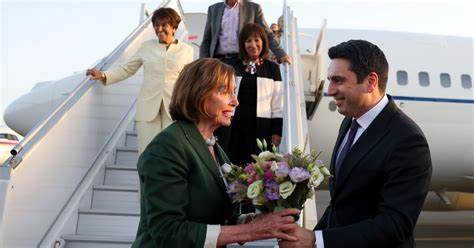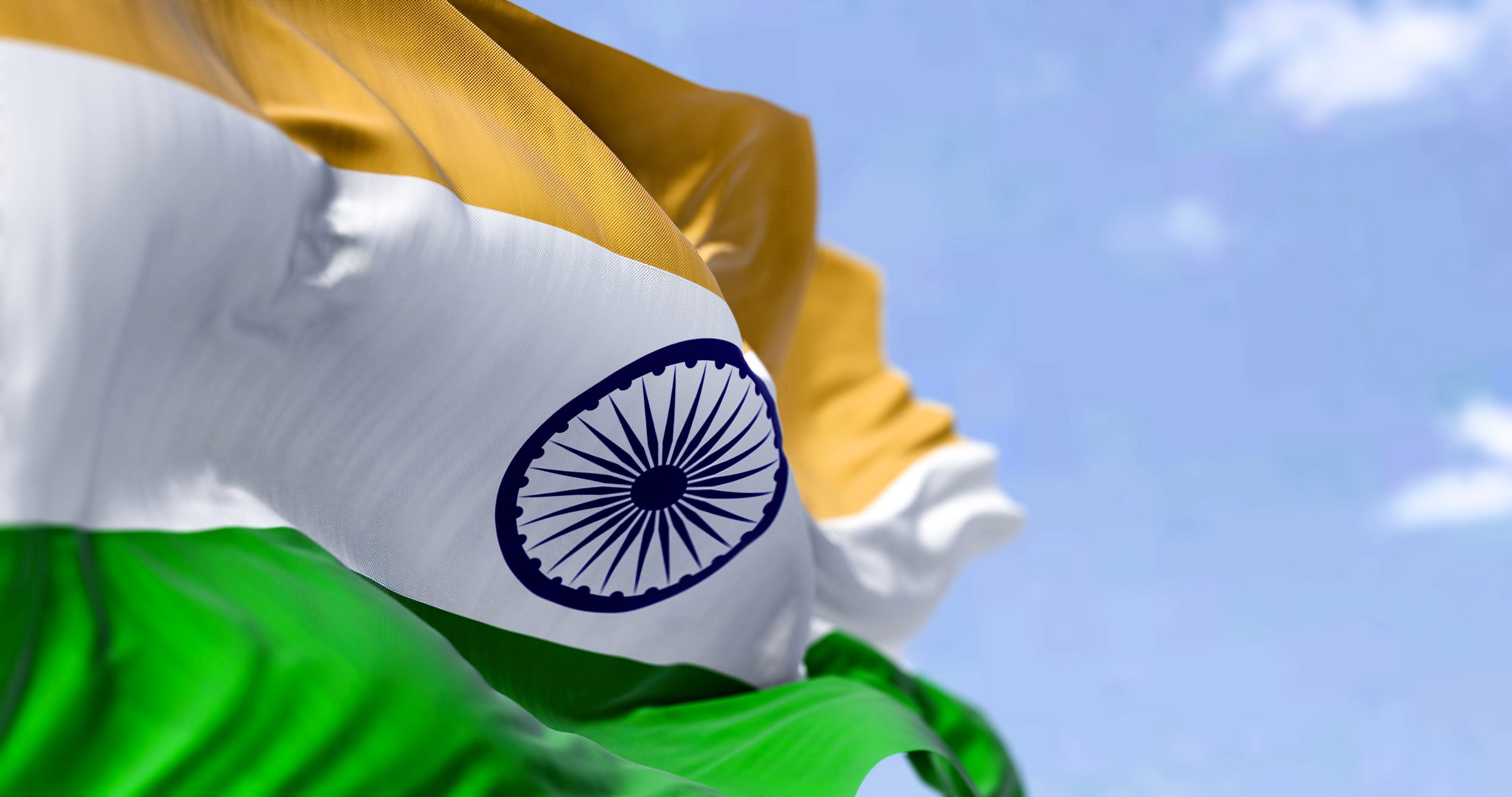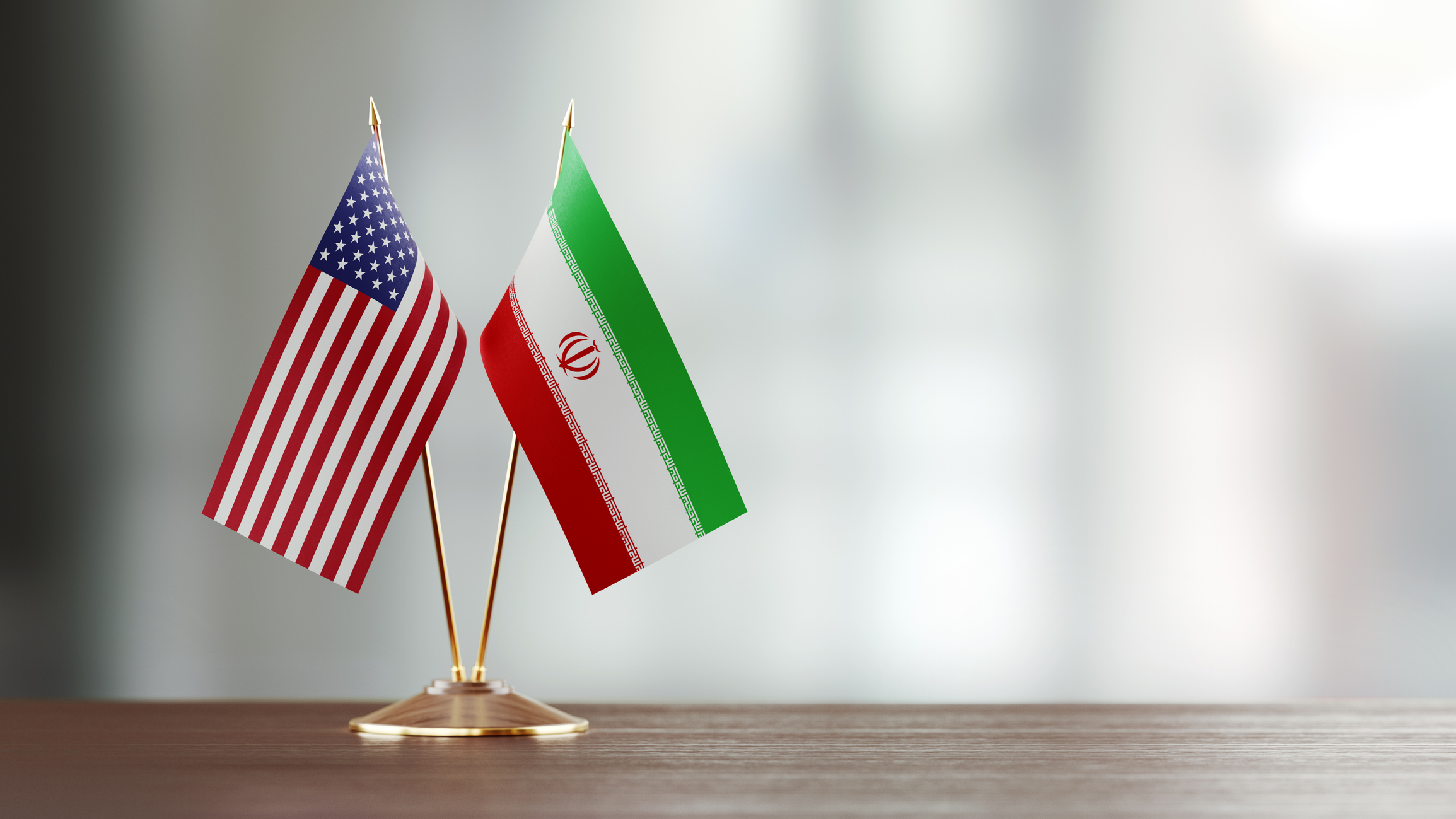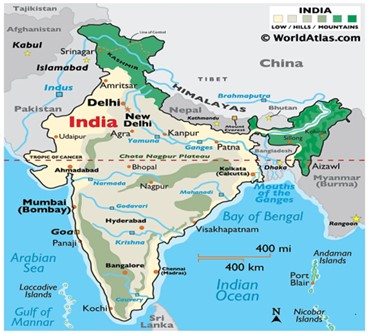
Deciphering Nancy Pelosi’s Visit to Armenia

The US House of Representatives Speaker Nancy Pelosi led a Congressional delegation to Armenia on 17th September 2022. She is the highest-ranking U.S. official to visit Armenia since the Republic achieved its independence in 1991 in the wake of the collapse of the USSR.
Pelosi’s visit is her second consecutive visit within a short span of time to a conflict-ridden region. Earlier in August this year she visited Taiwan defying China’s stern warnings against non-interference in its internal affairs.
Pelosi’s visit to Armenia came in the backdrop of renewed hostilities between Armenia and Azerbaijan in the beginning of September in which two hundred soldiers were reportedly killed; these were the bloodiest clashes since the two countries fought a six-weeks long war in 2020. For decades Armenia and Azerbaijan have been at loggerheads over the political status of Nagorno-Karabakh, an enclave created in 1921 within the territory of Azerbaijan even though inhabited predominantly by Armenians. They fought a full-scale war between 1992-94, a short four-days war in August 2016 and again the war in 2020.
In an official statement, issued by Pelosi’s Office, the objective of the visit was to highlight the strong commitment of the United States to security, economic prosperity, and democratic governance in Armenia and the Caucasus region. The statement read inter-alia: “Our Congressional delegation’s visit to Armenia is a powerful symbol of the United States’ firm commitment to a peaceful, prosperous and democratic Armenia, and a stable and secure Caucasus region”.
The most notable highlight of Pelosi’s visit, however, was her strong condemnation of Azerbaijan for what she said were “illegal attacks by Azerbaijan on Armenian territory”. Azerbaijan was visibly angry over Pelosi’s remarks. It said through an official statement :“Pelosi’s baseless and unfair accusations against Azerbaijan are unacceptable,” It further added, “We emphasize with regret that Pelosi, who speaks of justice, has not purposefully shown any position until today regarding the policy of aggression of Armenia against Azerbaijan, the occupation of the territory of Azerbaijan for almost 30 years, the ethnic cleansing of hundreds of thousands of Azerbaijanis and other similar grave crimes, for which Armenia is responsible,”
What prompted Pelosi to choose Armenia over Azerbaijan? Reasons are multiple. First is the ideological factor; Armenia’s credentials as a democratic country are far stronger than those of Azerbaijan which is a democracy only in form but an autocracy in content ruled by a single family. Further, in 2020 war, Azerbaijan used force to settle a dispute side stepping the mediatory efforts being made by the OSCE Minsk Group, co-chaired by the USA, Russia and France to find an amicable solution. As self-proclaimed champions of democracy and rule of law, Americans must therefore demonstrate their support for Armenia. Also, the Armenian Diaspora in the USA is sizeable. The presence of the Representatives of Armenian origin in the delegation is indicative of the Armenian lobby in the USA.
These are important factors no doubt but there is much more than what meets the eyes. A brief background is essential in order to understand the complexities of the situation.
The South Caucasus, comprised of three former Soviet Republics (Armenia, Azerbaijan, Georgia) is an ethnically, linguistically and religiously a diverse and least integrated region despite territorial contiguity. It is inhabited by three major ethnic communities: Armenians who belong to Armenian Apostolic Church; Georgians who subscribe to Georgian Orthodox Church and Azeris who are Muslims. For decades the Russian Tsarist Empire, the Ottoman Empire and the Persian Empire fought several wars to gain control over the region.
The present boundaries were drawn after the World War 2 and emergence of the USSR following the October Revolution of 1917 in Russia. The tug of war for strong foothold and influence over the region continued after the disintegration of the USSR in 1991; this time the major players are the West (USA and Europe) on one side and Russian Federation on the other side. Turkey has joined the race in recent years and made some headway. In this region, Georgia has from the very beginning followed a policy of complete integration with Euro-Atlantic structures such as EU and NATO; Azerbaijan is endowed with energy resources and on the strength of its Petro-dollars has maintained an equidistance from the West and Russia.
Armenia is the only country which is torn between the West and Russia. It has signed comprehensive economic pacts with EU and is also a member of the Russia-led Eurasian Economic Community. Russia, however, has so far had an edge over others and a strong foothold in Armenia through economic penetration and its military base to secure Armenia’s borders against possible threats from neighbouring Turkey with which Armenia’s relations are severely strained. Russia has been instrumental in brokering ceasefire agreements in 1994, 2016 and 2020 where others failed more or less.
The situation has changed somewhat since the war of 2020. As part of the ceasefire agreement of 9th November 2020, Russia has deployed peacekeeping forces in Nagorno-Karabakh. From Armenia’s perspective the outcome of the war was humiliating; it lost several Azeri territories under its control since 1994 which it was using as a leverage during the negotiations spearheaded by Minsk Group. Most importantly the political status of Nagorno-Karabakh continues to remain unresolved.
A narrative in Armenia is gaining strength that Russia did much less than Armenia’s expectations in the context of 2020 war. Now that Russia is neck-deep involved in its “special military operations” in Ukraine, questions are being raised about its ability to secure Armenia’s interests in the region, especially when Turkey’s involvement is on the rise. Turkey had extended its full support to Azerbaijan during the 2020 war.
Against this backdrop, the Americans are sensing an opportunity to dilute Russia’s influence in the region in general and in Armenia in particular. Hence, is Pelosi’s visit to Armenia to fish in the troubled areas?
*********************
Reference for image – https://nytimepost.com/nancy-pelosi-visits-armenia-amid-conflict-with-azerbaijan/
Disclaimer
The opinions expressed in this article are the author’s own and do not reflect the views of Chanakya Forum. All information provided in this article including timeliness, completeness, accuracy, suitability or validity of information referenced therein, is the sole responsibility of the author. www.chanakyaforum.com does not assume any responsibility for the same.
Chanakya Forum is now on . Click here to join our channel (@ChanakyaForum) and stay updated with the latest headlines and articles.
Important
We work round the clock to bring you the finest articles and updates from around the world. There is a team that works tirelessly to ensure that you have a seamless reading experience. But all this costs money. Please support us so that we keep doing what we do best. Happy Reading
Support Us





















POST COMMENTS (0)